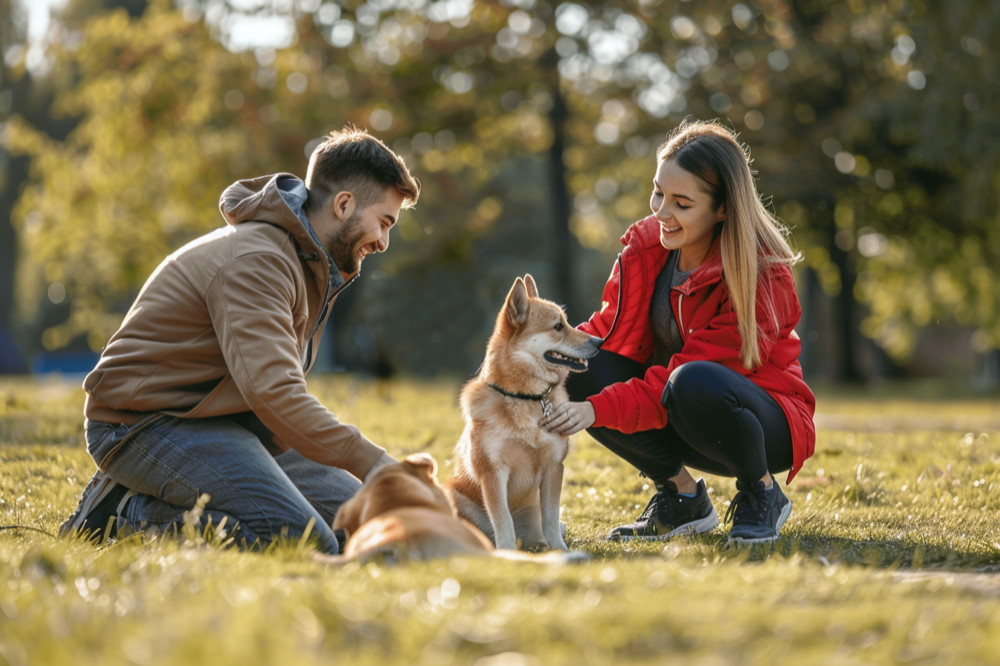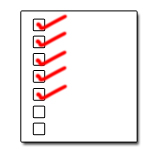Your cart is currently empty!
HOW TO MAXIMISE SUCCESS IN TREATING YOUR AGGRESSIVE DOG


Owner compliance to the right treatment program and the extent of the effort is the single most important factor contributing to the success of rehabilitating an aggressive dog, although the extent to which the dog is aggressive and can be rehabilitated varies depending on the dog.
However it is common for owners to become discouraged. Some consider euthanasia, other rehoming. Finding a good professional who can help is one of the best ways to keep your dog training and treatment going. Also, finding a support group, or community can also keep you going when you feel discouraged, or can be a great place to share your successes! See staying committed to treatment.
Can’t Stick to the Program
If owner “compliance” to a training program is such a huge factor, it become necessary to identify where we falter. Sometimes, dog owners are initiated by the idea of the “all the work”. It can be a commitment to work with your dog frequently, but it is not necessarily a huge commitment of time, hard to do, or an overwhelming amount of work.
But a lot of the work can probably be incorporated into activities you are probably already doing in your life. Teaching your dog how to sit and be calm, for example, can be done when your dog is about to have its meal, or about to go for a walk or out in the backyard, or before attention. In this case, it can help to talk to a dog trainer about ideas on how to incorporate working with your dog into your life.

Can’t get Behind the Program
In many cases, dog owners haven’t found a treatment program they can truly get behind. E-collars, choke chains, prong collars do not feel good to use (nor are they recommended by the veterinary and behaviorist community – see why here: the world’s worse training advice). Finding the right program that your dog will respond positively to if not only better for your dog, but better for you, too.
Family Can’t Agree
Sometimes the family can’t agree on training methods. This happens more often than you might think. Some people think that dogs should “just behave” and that to use treats is some kind of bribe. Other things you need to be more of a “leader” which translates into being more “commanding” or even more forceful. Other things punishment ought to be enough to discourage a dog from “misbehaving”. If any of this is familiar, understand that there are many different science-backed methods for training dogs and many will work.
However, aggressive or anxious dogs are not simply misbehaving. This means regular obedience training, and training as part of a treatment programme for anxious, reactive or aggressive dogs have different aims and objectives.
Find a behaviorist or trainer who avoids punishment and uses “positive” based techniques (usually using treats, but can also be the use of toys and other things the dog enjoys). Failing that look into research you will find in the Google Scholar search engine on treating dog aggression.
If your significant other is still resistent and wants to do things his or her way, check out secrets to getting your significant other on board with your training program.
Dog Still Becomes Aggressive Anyway
Sometimes the dog has not been prepared for a treatment program, meaning that the foundation work has not been done or is incompleted.
Or you might be rushing your dog into situation he or she is not quite ready for, moving too far too fast. In other words you are expecting your dog to run before he or she learns how to walk. This occurs when dog owners try targeted behavior modification before the dog is ready.
It also occurs when a dog is exposed to the situation that sets them off and the owner has either not realized the dog needs to be capable of relaxing, or hasn’t recognized the signs that indicate that the dog is not actually calm. These situations are all extremely common.
In this case, go back to basics. Make sure your dog knows how to relax when you cue them to in a variety of non-stimulating environments first. Introduce non-threatening distractions as your dog succeeds, and over time increase the stimulation of those distractions. There is more about how to do this in our e-book.
Lost Motivation
And finally some people may start strong with training and other interventions, but once the initial enthusiasm wears off, they don’t have a plan in place to work the ongoing training into their lives.
It’s important to figure out how to work a training program into your life so you don’t get overwhelmed, and it’s easy to maintain.
We discuss having a support network below, but being able to share your experiences with with other dog owners goign through similar experiences can really help with motivation long-term.
Occasionally checking in with a good dog trainer who is understanding and who you have good rapport with can also help.
Keeping a log book can also help track progress when progress seems slow.
Setbacks are Discouraging
When we have set back in the progress our dog makes, it can be very discouraging, and this can make people feel like giving up. However, having a support network, whether it’s other dog owners or a educated and experienced dog trainer or behaviorist can make a big difference in how resilient we are to these setbacks.
Having options to take a break from time to time are also important. While working on a treatment program frequently is helpful, we also need to care for ourselves. For example, if walks with your dog are always stressful, perhaps look into alternatives to actively engage your dog indoors from time to time. Plan options for yourself.
Remember, this work takes time and patience. But most dog owners who still with an effective treatment program can improve the situation enough that they can happily continue to enjoy life with their dog while keeping those around them safe.
Learn more about what influences success in treating dog aggression.
ADVERTISEMENT

Keep people away with our Stand back shirts

Anxious Dog Shirts only available in our shop

